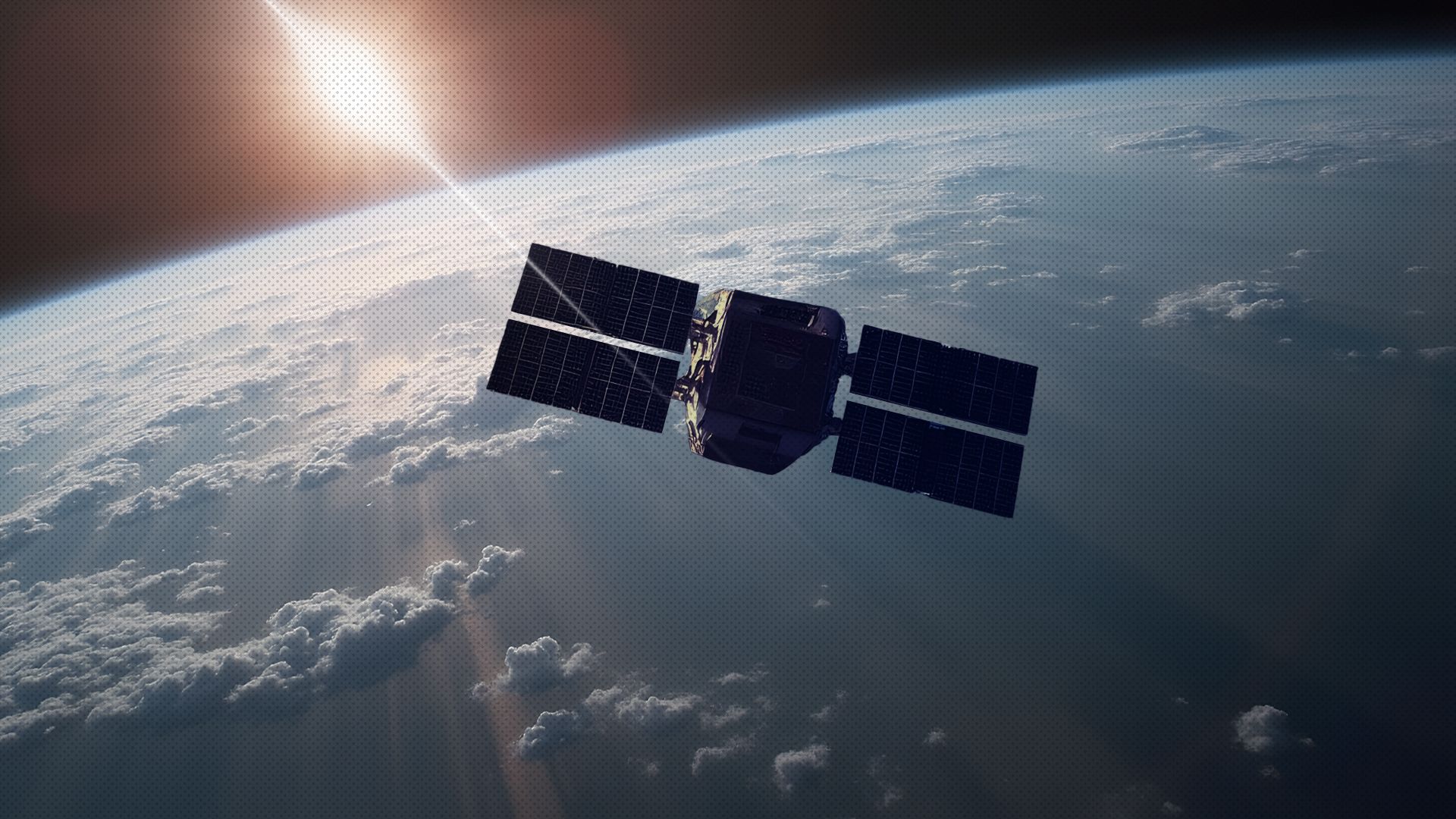Quick Links
Imagine a world where your cell coverage isn’t determined by a tower that a mountain can easily block. A world where your connection to the world is upheld by satellites. Well, that world exists today, at least for a select number of Verizon users with certain phones in their possession.
Who Has Access to Satellite Texting Now?
A handful of Verizon users have become the first people in the United States to have access to satellite texting to any device, even if they don’t have any coverage from a terrestrial cell tower. That’s fantastic news and a great step forward for customer communications, but there are some caveats even outside of this being limited to Verizon.
First and foremost, this satellite texting feature is only available for people with Android devices. Sorry, Apple fans. But even for Android users, this new feature is only available for people who have the Samsung Galaxy S25 or the Google Pixel 9. Moreover, this isn’t a feature that’s going to be available to everyone right away, even if they do have the right phones to make use of it. Verizon is gradually rolling out the required software in a process that could take several weeks.
Regardless, it’s a great feature—users with access to it will be able to send messages even in areas with no regular connectivity, seemingly freeing them from the very concept of dead zones, not including anything crazy, like being in a cave or a tunnel. Dead zones were already becoming more and more rare, but as satellite connectivity continues to improve, even the more remote and rural areas may see them eliminated.
Naturally, this will be pretty beneficial for individual customers, especially those who live in areas where fiber optic connections are too expensive or difficult to implement. Even if you don’t live in a remote area, there may come a time when regular connectivity via cell towers or fiber optic cables are compromised. In such a situation, satellite connectivity will help keep everyone connected even if there is an emergency impacting regular cell service.
What’s Coming Next for Satellite Connectivity?
While satellite messaging is only just now becoming available to regular consumers, Verizon already completed its first satellite-to-cellular video call back in February, marking a huge advancement in this area of technology. That said, it’ll probably be a little while longer still before the average consumer has access to that kind of feature, if only because it will likely require some more infrastructure upgrades on Verizon’s part.
This all marks a big movement toward the aspirations of a true Internet of Things (IoT) in which all devices are connected. Verizon has already expanded its IoT reach to over 200 regions worldwide by partnering with groups like Singtel and Skylo, focusing on the Asia Pacific and United States sectors primarily. Verizon has already acknowledged that it plans to expand globally in the future if possible.
By partnering with these groups, Verizon will allow their users to activate global IoT devices with ease if they have eSIM profiles, providing local connectivity despite being international. Verizon is the first mobile carrier to launch supplemental smartphone connectivity on a non-terrestrial satellite network to provide direct-to-device service, effectively creating satellite roaming connectivity without the regular drawbacks of roaming.
This will allow for all sorts of great strides in various sectors, from crop monitoring, meteorological assessment, and even accurate tracking even in the most remote of locations, such as the middle of the ocean. While it’s true that Verizon is leading the charge on this, it’s very likely that other mobile carriers worldwide will try to follow suit as soon as they can—after all, satellite connectivity for smartphones is the next logical step in this area of technology.
As for how long that is going to take, there’s no way to know for sure. In fact, we really don’t even know how long it will take for Verizon to roll out this feature to all of its users instead of a small handful. For that reason, even though there are plenty of reasons to be excited about satellite texting, I wouldn’t take it into consideration as a reason to switch carriers for a while unless you already have or plan to have a Galaxy S25 or Pixel 9.
Of course, if you’re the type of person who often finds themselves without connectivity where they live or during the type of work they do, then you now have a pretty convincing reason to make a switch.
Ultimately, satellite texting is a fairly limited feature right now, available only to Verizon users with the Samsung Galaxy S25 or the Google Pixel 9. Even then, it may be a few weeks before the feature is fully rolled out. That said, if you are interested in satellite connectivity for your smartphone in the future, it’s likely that Verizon will be the carrier to advance most quickly in that area.






